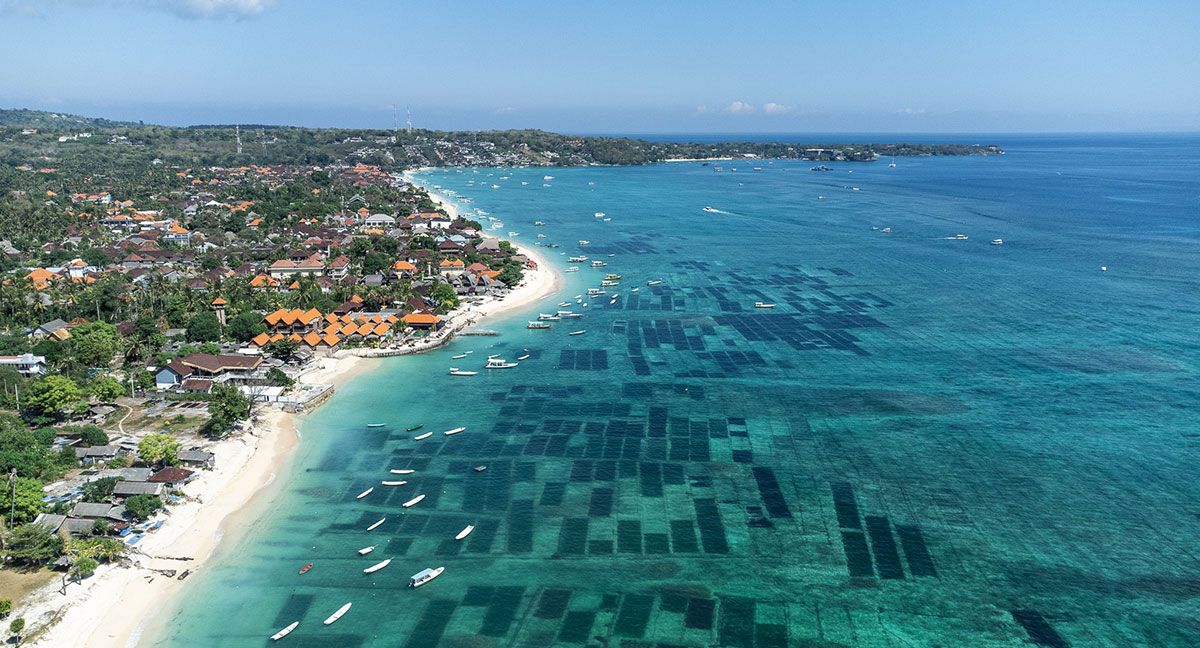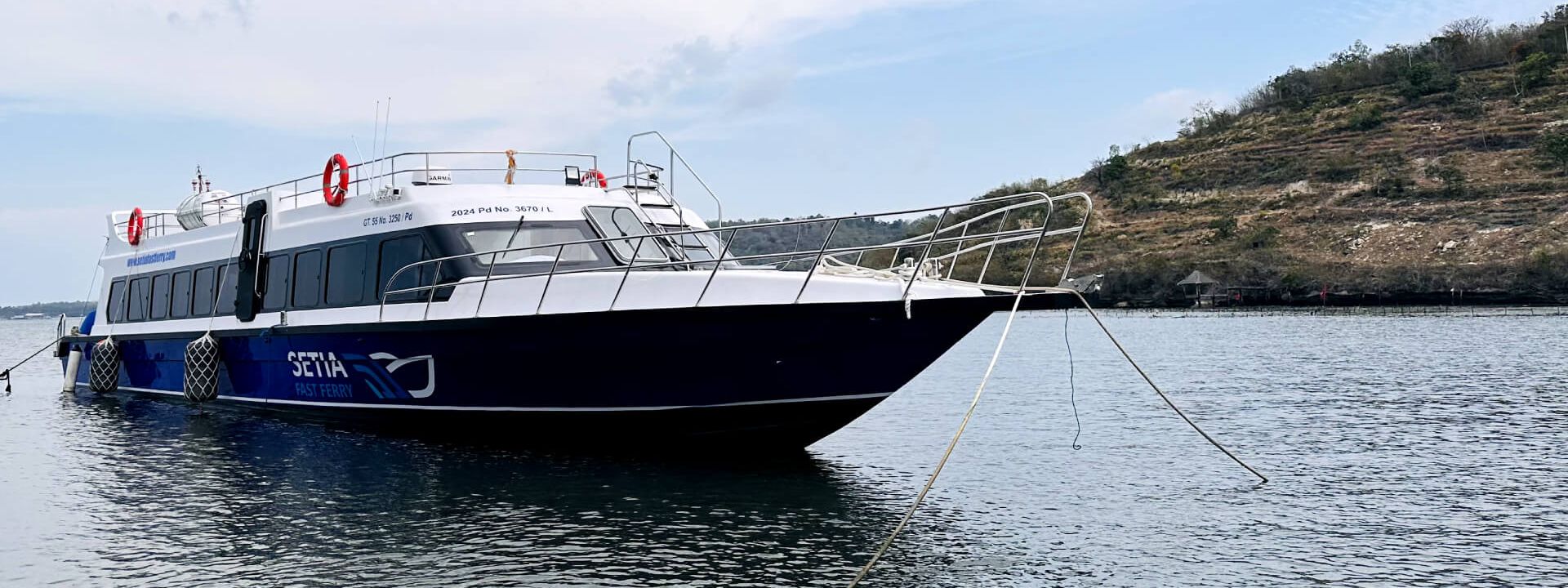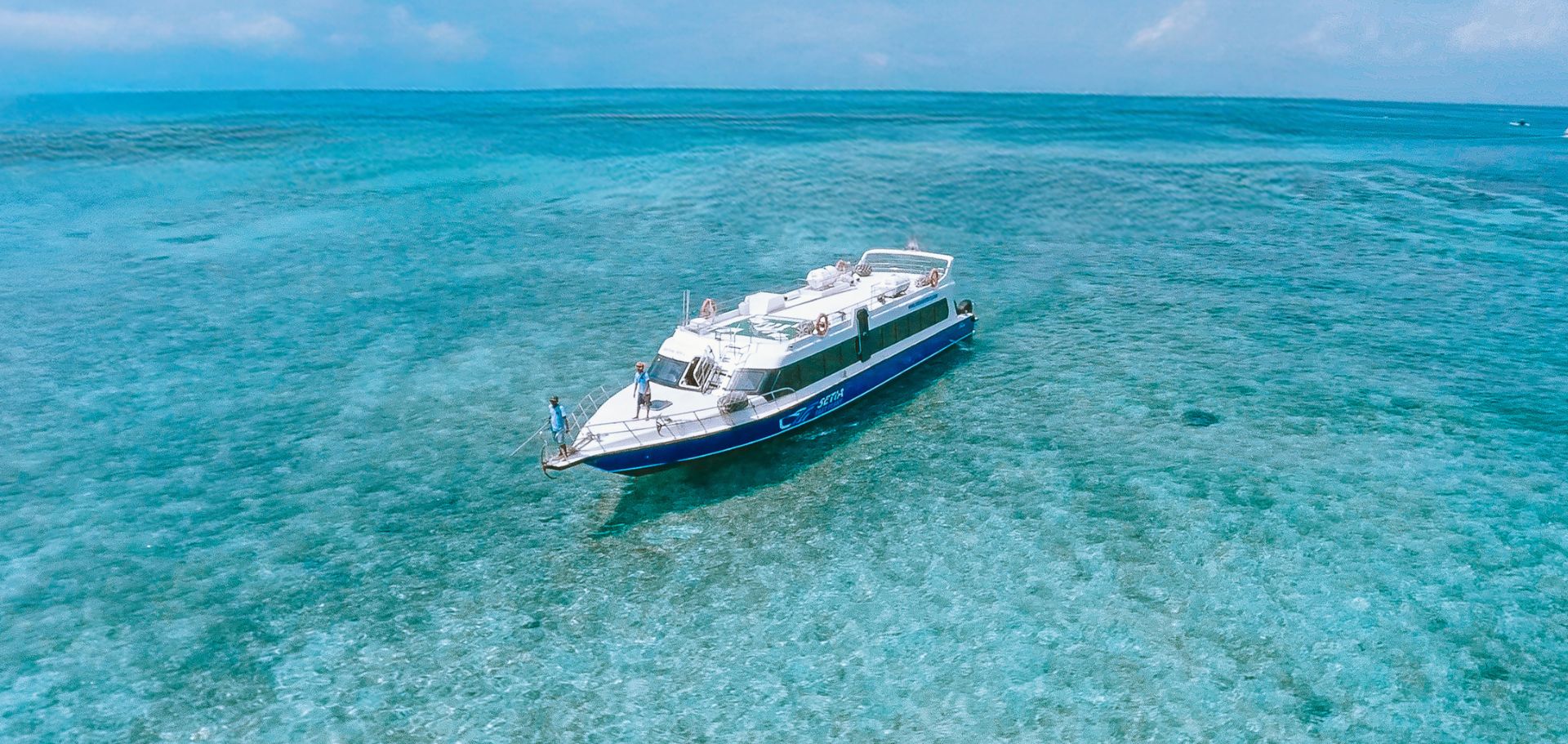Nusa Lembongan, a small island just southeast of Bali, offers a serene escape from the hustle and bustle of its more famous neighbor. Though compact in size, the island is steeped in a rich cultural heritage and a natural beauty that captivates visitors. Its crystal-clear waters, vibrant marine life, and pristine beaches are a draw for adventurers and those seeking relaxation. However, beneath this picturesque surface lies a deeper, more complex narrative — one shaped by centuries of tradition, spirituality, and a harmonious relationship with the sea.
A Glimpse into Traditional Villages and Customs
One of the most rewarding experiences of visiting Nusa Lembongan is exploring its traditional villages, where you can step back in time and witness how the locals have lived for generations. These villages reflect the island’s cultural roots, with their thatched-roof homes and daily life revolving around agriculture, fishing, and crafts.
Walking through the narrow, winding streets of the villages, visitors will encounter local markets where islanders sell their fresh produce, handmade goods, and unique souvenirs. The slow pace of life here contrasts sharply with the busy tourist hubs of Bali, offering an authentic experience of Indonesian island life.
Traditional ceremonies are an integral part of life on Nusa Lembongan, many of which are open to visitors who wish to observe. Hinduism, the island’s predominant religion, heavily influences these ceremonies. Weddings, temple festivals, and religious offerings are common sights, where locals don intricate traditional clothing and gather at the temples to give thanks, seek blessings, or mark important occasions. Visitors can learn about these customs, but it is important to be respectful, following local etiquette when attending such events.
One unique custom is the Nyepi Laut ceremony, a local variation of the Balinese Day of Silence, Nyepi. While Bali’s Nyepi involves a day of silence, fasting, and reflection, Nusa Lembongan and its neighboring islands hold a special sea-based ceremony to honor the ocean, which plays a central role in their livelihoods. This unique tradition reflects the islanders' close relationship with nature and their deep-rooted spiritual beliefs.
Hinduism and Balinese Influence
Like much of Bali and its surrounding islands, Nusa Lembongan is predominantly Hindu, with a strong influence from Balinese culture. Temples, or pura, dot the island, and they serve as spiritual centers for the community. Each temple has its own purpose, whether it be for major religious festivals or more intimate family ceremonies.
A visit to these temples provides an opportunity to admire the intricate craftsmanship of Balinese architecture, characterized by detailed stone carvings and symbolic structures. Among the most notable temples on the island is Pura Puncak Sari, perched on a hill with stunning views of the surrounding sea and landscape. The temple is a peaceful spot where visitors can reflect and appreciate the island's spiritual atmosphere.
Hindu mythology and beliefs permeate everyday life on Nusa Lembongan, from the small offerings known as canang sari, placed at doorways to ward off evil spirits, to the larger, more elaborate ceremonies that mark the island's religious calendar. The island’s Hindu rituals are not just religious obligations but are also celebrations of life, community, and the natural world.
Visitors to the island can engage with local guides to learn about Hinduism’s influence on Nusa Lembongan, discovering how religious practices have adapted to island life. By attending temple festivals or simply observing the daily offerings that locals make, one can gain a deeper understanding of how spirituality is interwoven into the fabric of life here.
The Ocean: The Lifeblood of Nusa Lembongan
Nusa Lembongan’s location, surrounded by the sparkling waters of the Bali Sea, has had a profound impact on its culture and economy. For centuries, the island’s inhabitants have depended on the ocean for sustenance, and this marine connection is still visible today.
Fishing remains a central part of life for many families. Traditional fishing techniques, passed down through generations, are still used, including the use of simple nets, bamboo poles, and small wooden boats known as jukung. Early in the morning, you can often see fishermen heading out to sea, casting their nets in the hopes of catching fish, crabs, and squid.
Seaweed farming has also played a significant role in Nusa Lembongan’s economy. For decades, the island was one of the largest producers of seaweed in the region. While seaweed farming has declined in recent years due to the growth of tourism, visitors can still observe the remnants of this once-thriving industry along the coastline. Farmers would cultivate the seaweed in shallow waters, drying it on the beaches before exporting it for use in cosmetics and food products.
Exploring the coastline, visitors will also encounter mangrove forests, which are vital ecosystems that support both marine life and the livelihoods of local communities. The mangroves of Nusa Lembongan offer a peaceful environment for kayaking or boat tours, where you can glide through the winding channels and observe the rich biodiversity that thrives in this unique habitat.
A Growing Tourism Industry and the Challenge of Preservation
In recent years, Nusa Lembongan has seen a shift from a largely subsistence-based economy to one increasingly driven by tourism. The island’s natural beauty, combined with its proximity to Bali, has made it a popular destination for those looking to escape the crowded beaches of the mainland. The rise of tourism has brought new economic opportunities to the island, with the establishment of hotels, restaurants, and water sports facilities catering to a growing number of visitors.
However, this rapid growth in tourism has not been without challenges. The influx of visitors has put pressure on the island’s infrastructure, environment, and traditional way of life. Balancing the need for economic development with the preservation of cultural heritage and environmental sustainability is an ongoing concern for the local community.
Efforts are being made to promote sustainable tourism on the island. Many tour operators now emphasize eco-friendly practices, such as reef-safe sunscreen for divers and snorkelers, as well as initiatives to protect the island’s coral reefs and marine life. Additionally, community-based tourism projects are being developed to ensure that the benefits of tourism are shared more equally among local residents, while also providing visitors with authentic cultural experiences.
One such initiative is encouraging visitors to stay in locally owned guesthouses, where they can interact directly with families who have lived on the island for generations. By choosing to engage with the local community in this way, visitors can gain a deeper understanding of the island’s history and culture while contributing to the local economy.
The Beauty of Nusa Lembongan: Natural Wonders and Adventure
Beyond its cultural and historical significance, Nusa Lembongan is also renowned for its stunning natural landscapes. The island boasts some of the clearest waters in the region, making it a haven for snorkelers and divers. Crystal Bay, with its vibrant coral reefs and schools of tropical fish, is a favorite spot for underwater exploration. Divers are often drawn to Manta Point, where the majestic manta rays can be seen gliding gracefully through the water.
For those who prefer to stay above the waves, surfing is another popular activity on the island. Nusa Lembongan offers several surf breaks that cater to all skill levels, from beginners to experienced surfers. The consistent waves and uncrowded beaches make it a paradise for those looking to catch the perfect wave.
Hiking enthusiasts will enjoy exploring the island’s rugged interior, where trails lead to scenic viewpoints and secluded beaches. A walk up to Devil’s Tear, a dramatic rocky outcrop on the island’s coast, offers breathtaking views of the powerful waves crashing against the cliffs. The sunset views from here are particularly spectacular, as the sky turns shades of orange and pink, reflecting off the water.
Conclusion: A Harmonious Blend of Culture, Nature, and Adventure
Nusa Lembongan is a destination that offers something for everyone, whether you’re seeking cultural enrichment, adventure, or simply a peaceful retreat. The island’s blend of traditional customs, spiritual depth, and natural beauty makes it a unique and unforgettable place to visit.
While tourism continues to grow, efforts to preserve the island’s heritage and environment ensure that future generations will be able to experience the charm and authenticity of Nusa Lembongan. By choosing Setia Fast Ferry as your transportation to this tropical paradise, you’ll not only enjoy a comfortable and efficient journey but also be contributing to the sustainable development of the island.
As you explore Nusa Lembongan, you’ll discover that its true beauty lies not only in its landscapes but in the warmth of its people, the richness of its traditions, and the peaceful rhythm of life that has endured for centuries.



